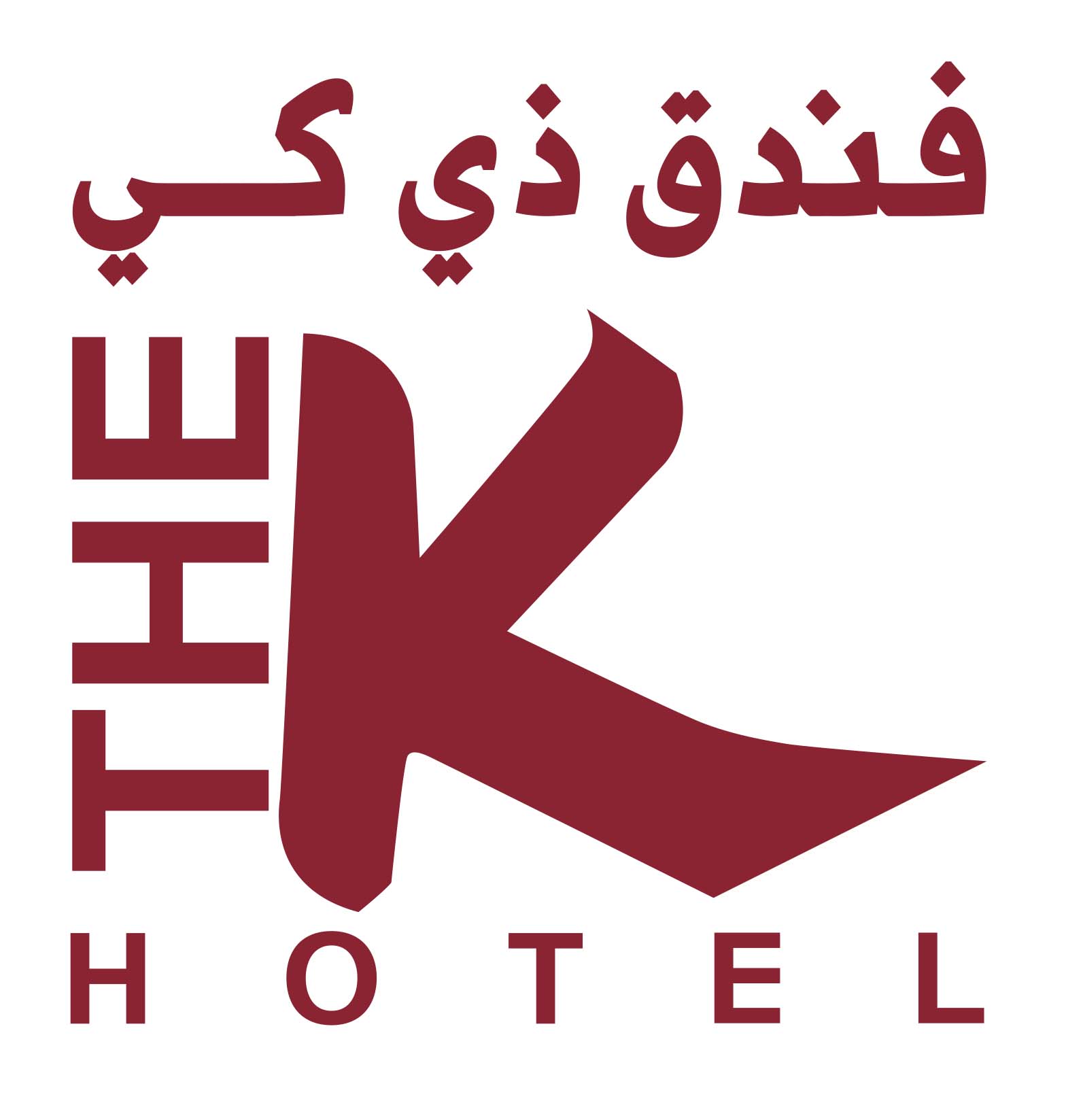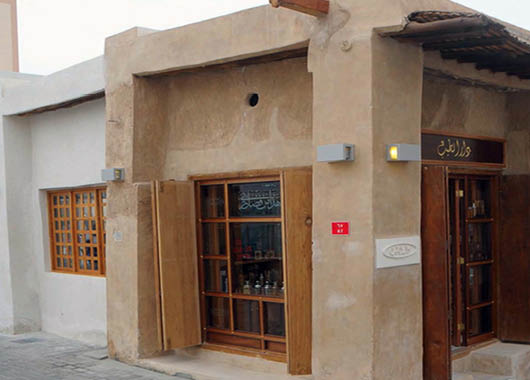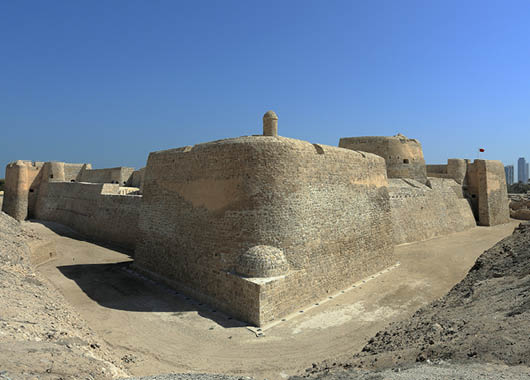


One of the oldest sections of the Muharraq Suq, Suq Al Qaisariya offers a charming shopping experience. Currently undergoing extensive restoration work by the Ministry of Culture, the first phase of the project, which has been completed, features a number of renovated shops, selling a variety of products ranging from pearls to spices and tea, as well as a traditional café - café Zaafaran – arranged around a number of historic madbassahs.

Since antiquity, Bahrain has been famed for its natural pearls which were highly sought after for their unique color and luster (the result of forming at the confluence between fresh underwater springs and the salty sea). Cultured pearls are banned in Bahrain and every pearl purchased locally comes with a certificate of authenticity.
Suq Al Qaisariya is an integral component of the “Pearling, testimony of an island” project. This Pearling trail is approximately 2 miles long and describes the unique story of pearling in Bahrain and its physical testimony. Now considered by UNESCO for a World Heritage listing, this pearling heritage and testimony to a remarkable industry and economy is not presented in one location but as a trail, a path that one can traverse in order to discover different elements of the overall narrative.
Taking its visitors from the beach to the old house of one of Bahrain’s grand merchants, the pathway illustrates, in images and sounds, the precious history of Bahrain and its people.

The Qal'at al-Bahrain (Arabic: قلعة البحرين; Portuguese: Forte de Barém), also known as the Bahrain Fort or Portuguese Fort, is an archaeological site located in Bahrain. Archaeological excavations carried out since 1954 have unearthed antiquities from an artificial mound of 12 m (39 ft) height containing seven stratified layers, created by various occupants from 2300 BC up to the 18th century, including Kassites, Greeks, Portuguese and Persians. It was once the capital of the Dilmun civilization and was inscribed as a UNESCO World Heritage Site in 2005. The fort and the tell Qal'at al-Bahrain is built on, are located on the Bahrain island, on the northern seashore. On a clear day it is also seen from Saar. It stands like a "sentinel" near Manama, the capital of Bahrain; it is 6 km (4 mi) away from Manama on the fertile north coast. The tell is the largest in the Persian Gulf region and was built close to the port and by reclamation of seashore land. The archaeological findings, which are unearthed in the fort,reveal much about the history of the country. The area is thought to have been occupied for about 5000 years and contains a valuable insight into the Copper and Bronze Ages of Bahrain.